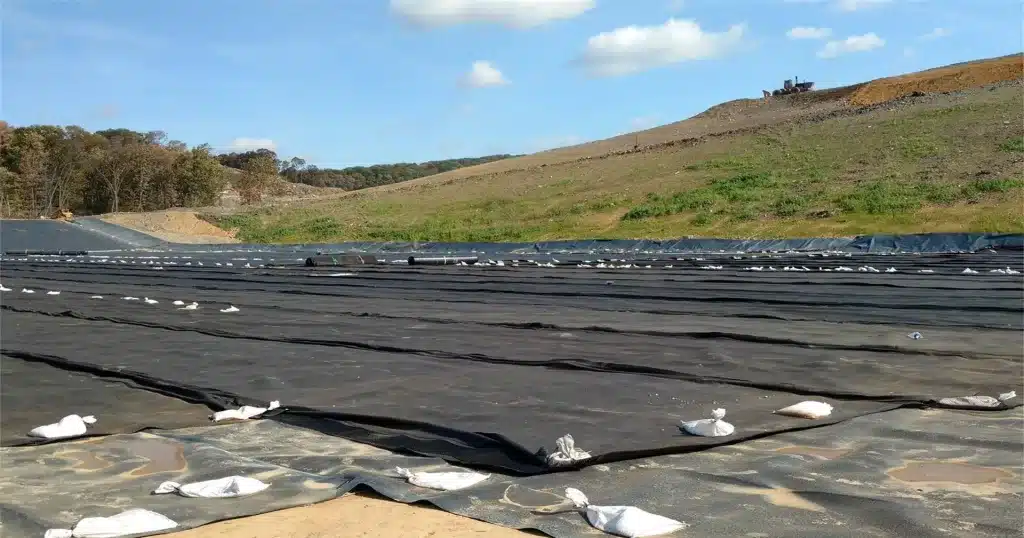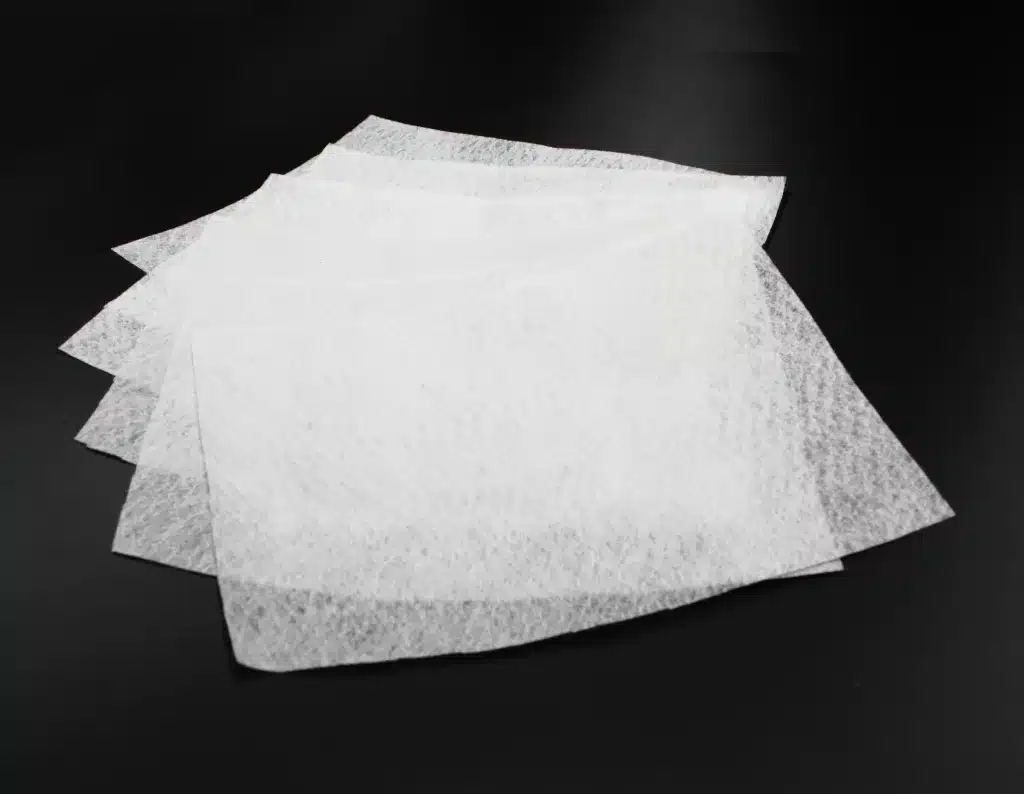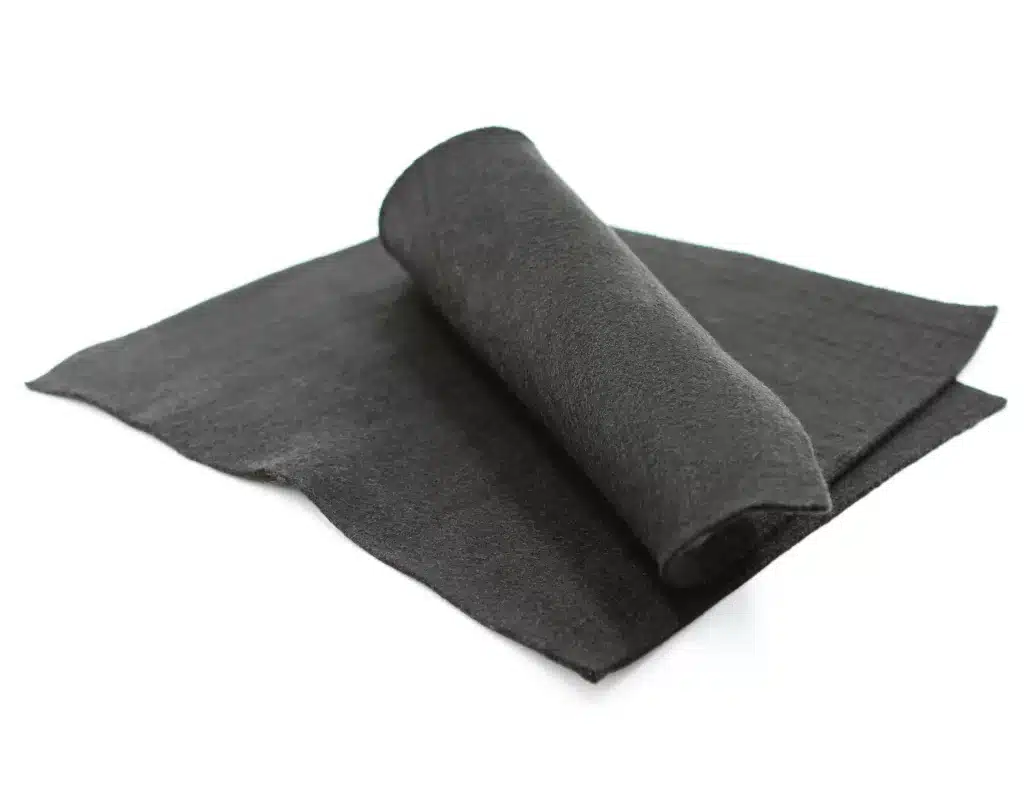+86-159 9860 6917
info@geofantex.com
geofantex@gmail.com
+86-400-8266163-44899
Geotextiles are crucial materials in civil engineering and construction, designed to improve soil stability, drainage, and filtration. Two main types of geotextiles—woven and nonwoven—serve different purposes based on their unique properties. Woven geotextiles, with a few exceptions, are semi-impermeable, resulting in a low flow-through rate, whereas nonwoven geotextiles are permeable, allowing for a high flow-through rate. Understanding these distinctions can help in selecting the most appropriate material for specific applications.
Which is better, woven or nonwoven?
The choice between woven and nonwoven geotextiles depends on the specific application and the requirements of the project. Both types have distinct characteristics that make them suitable for different situations:
Woven Geotextiles
- Strength and Durability: Woven geotextiles are typically stronger and more durable, making them ideal for applications where high tensile strength is needed, such as in road construction, reinforcement, and erosion control.
- Low Permeability: These geotextiles have lower permeability, meaning they don’t allow water to pass through as easily. This can be beneficial in situations where water flow needs to be restricted, like in stabilization projects.
- Application Examples: Woven geotextiles are commonly used in applications requiring soil reinforcement, like retaining walls, roads, and embankments.
Nonwoven Geotextiles
- Filtration and Drainage: Nonwoven geotextiles are better suited for applications that require filtration and drainage, as they allow water to pass through while filtering out soil particles. This makes them ideal for drainage systems, such as French drains, and in preventing soil erosion.
- Flexibility: Nonwoven geotextiles are more flexible and easier to handle, which can be beneficial in projects where the fabric needs to conform to irregular surfaces.
- Application Examples: Nonwoven geotextiles are commonly used in drainage systems, erosion control, and as a protective layer in landfill liners.
Which is Better?
- For Soil Reinforcement: Woven geotextiles are generally better due to their high strength.
- For Drainage and Filtration: Nonwoven geotextiles are preferred because of their permeability and ability to filter fine particles.
In conclusion, the “better” choice depends on the specific needs of your project. If you need strength and durability, go with woven geotextiles. If filtration and drainage are your primary concerns, nonwoven geotextiles are the better option.

What is nonwoven geotextile used for?
Nonwoven geotextiles are versatile materials used in construction and environmental applications. Here’s a concise summary of their uses:
- Soil Stabilization: Used for reinforcing soil in roads and railways.
- Erosion Control: Protects soil from water and wind erosion, especially on slopes and riverbanks.
- Drainage: Improves water flow in systems like French drains.
- Landscaping: Prevents weed growth and aids in soil stabilization in gardens.
- Separation: Prevents mixing of soil layers in construction projects.
Advantages:
- Provides filtration and drainage.
- Enhances soil integrity and stability.
- Cost-effective and low-maintenance.
Is woven geotextile waterproof?
Woven geotextiles are not typically waterproof, but they are highly water-resistant. These materials are designed to allow water to pass through while providing strength and filtration capabilities. Their primary function is to filter and separate layers in construction projects, such as roadways, drainage systems, and landfills.
While they can handle water flow (as they are porous), they do not block water completely. If waterproofing is required, other materials like geomembranes or nonwoven geotextiles (which have different properties) might be more suitable.

Which type of geotextile is preferred in soil stabilization?
In soil stabilization, woven geotextiles are generally preferred. These geotextiles are made from interlacing fibers, typically polypropylene or polyester, in a specific pattern, resulting in a strong and durable material. Woven geotextiles offer high tensile strength, making them ideal for reinforcing and stabilizing soil, especially in areas with weak or soft subgrades.
The key benefits of using woven geotextiles in soil stabilization include:
- High Tensile Strength: Provides reinforcement to the soil, preventing deformation under heavy loads.
- Low Elongation: Ensures that the fabric maintains its shape and structural integrity under stress.
- Durability: Resistant to environmental degradation, including UV rays and chemical exposure, making them suitable for long-term applications.
While woven geotextiles are often the go-to choice for soil stabilization, non-woven geotextiles can also be used depending on the specific project requirements, especially where drainage or filtration is also a concern.
Woven and nonwoven geotextiles serve distinct functions in construction and engineering. Woven geotextiles excel in strength and soil stabilization, while nonwoven geotextiles are favored for drainage and filtration applications. The choice between them should be based on the specific needs of the project to ensure optimal performance and effectiveness.



Get Free Sample
We’ll respond as soon as possible(within 12 hours)






















